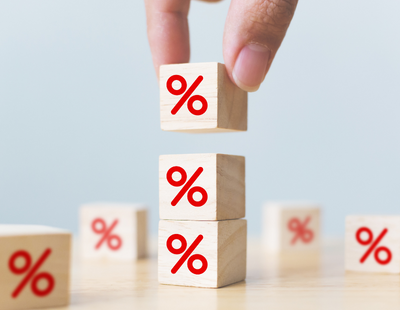UK real estate was, by far, the stand-out success story of 2020. House prices experienced their highest rate of growth since 2015, finally ending four years of Brexit-related price stagnation. In fact, during first three months of 2020, Rightmove recorded the biggest surge in UK house price growth since 2003 – an incredible achievement given the circumstances.
This extraordinary ability to provide returns on investment for homeowners, even during such a tumultuous time as 2020, speaks volumes about British property’s value as an investment asset. But will this trend continue?
Brexit, an obstacle to growth?
Given how the UK is currently experiencing its third wave of Covid-19, with lockdown restrictions currently at their highest possible level, it’s unlikely that January 2021 will see particularly impressive transactional activity figures or house price growth at the beginning.
However, looking forward, I see no reason why we should not be optimistic about the year ahead. I anticipate that activity will soon return to the UK real estate market, and we should be able to expect some impressive house price growth in the coming months.
Such optimism aligns nicely with real estate forecasts for the year ahead, with Rightmove currently predicting house price growth of 4% by the end of the year.
Their reasoning is that any negative economic or political developments will be offset by an uptick in demand from those who have spent most of 2020 inside their homes and are eager for larger lodgings. For those of us who have been working from home since March, I’m sure this sentiment rings true.
These potential developments also include any disruption caused by Brexit. At no point last year did it look like Covid-19 was going to deter people from buying properties, so it’s hard to imagine that Brexit will do the same.
Although it played a large part in the UK house price stagnation seen between 2016 and 2020, this was rooted in the uncertainty Brexit posed as there was little political certainty regarding what Brexit would look like and when it would happen.
Now that the deal has been done, and Brexit has been finalised, I cannot foresee any new developments having any adverse effects on the British property market, at least in the short-term.
Of course, there may still be issues present that could weigh down potential property market growth. As a result of Covid-19-caused market uncertainty, many mainstream lenders have, in 2020, curtailed the number of mortgage products they have available.
On top of this, many mainstream lenders have also tightened the requirements for a successful mortgage application. Consequently, 2020 saw increased mortgage application rejections, especially for first-time buyers and those with smaller deposits. As such, prospective homebuyers may need to seek alternative lenders to be able to complete on transactions.
Stamp duty land tax adjustments
Having said that, it’s possible that mainstream lenders will be able to properly readjust their practices during the brief period of real estate sector respite that will occur at the beginning of April 2021; the result of two planned changes to Stamp Duty Land Tax (SDLT).
The first is the ending of the SDLT holiday, one of the major drivers behind the property industry’s impressive performance in 2020. This tax break, which offered buyers up to £15,000 in tax savings on any property transactions, is currently due to finish on March 31 2021. Prospective buyers, then, now have a huge incentive to complete on any transactions before this key date; lest they be burdened with an additional, and avoidable, tax bill.
The other change, of particular importance to the prime central London property market, is the 2% overseas-buyer SDLT surcharge. After 1 April 2021, property transactions led by buyers who aren’t UK residents will incur an additional 2% tax fee. For international investors, then, the tax incentives to complete on any property acquisitions before these two key dates are too great to ignore.
So, in the run-up to these two dates, we can expect a surge in demand for property by both international and domestic buyers. Afterwards, although there may be a brief resting period, I see no reason to believe that we can’t enjoy further positive property price growth for the foreseeable future.
After all, there is still a significant imbalance between supply and demand which the government is hoping to resolve through the construction of new properties in the coming decade.
Despite Brexit, Covid-19 and the UK’s housing crisis, British real estate has shown us its ability to retain its value and post consistent gains for those who have invested, even during the most tumultuous times. That’s why I am optimistic that demand for bricks and mortar will remain strong in 2021.
*Paresh Raja is the founder and CEO of Market Financial Solutions (MFS) – a London-based bridging loan provider. Prior to establishing MFS in 2006, Paresh worked as a senior professional consultant in one of the top five management consultancy firms, and also set up an independent investment









.png)










Join the conversation
Be the first to comment (please use the comment box below)
Please login to comment